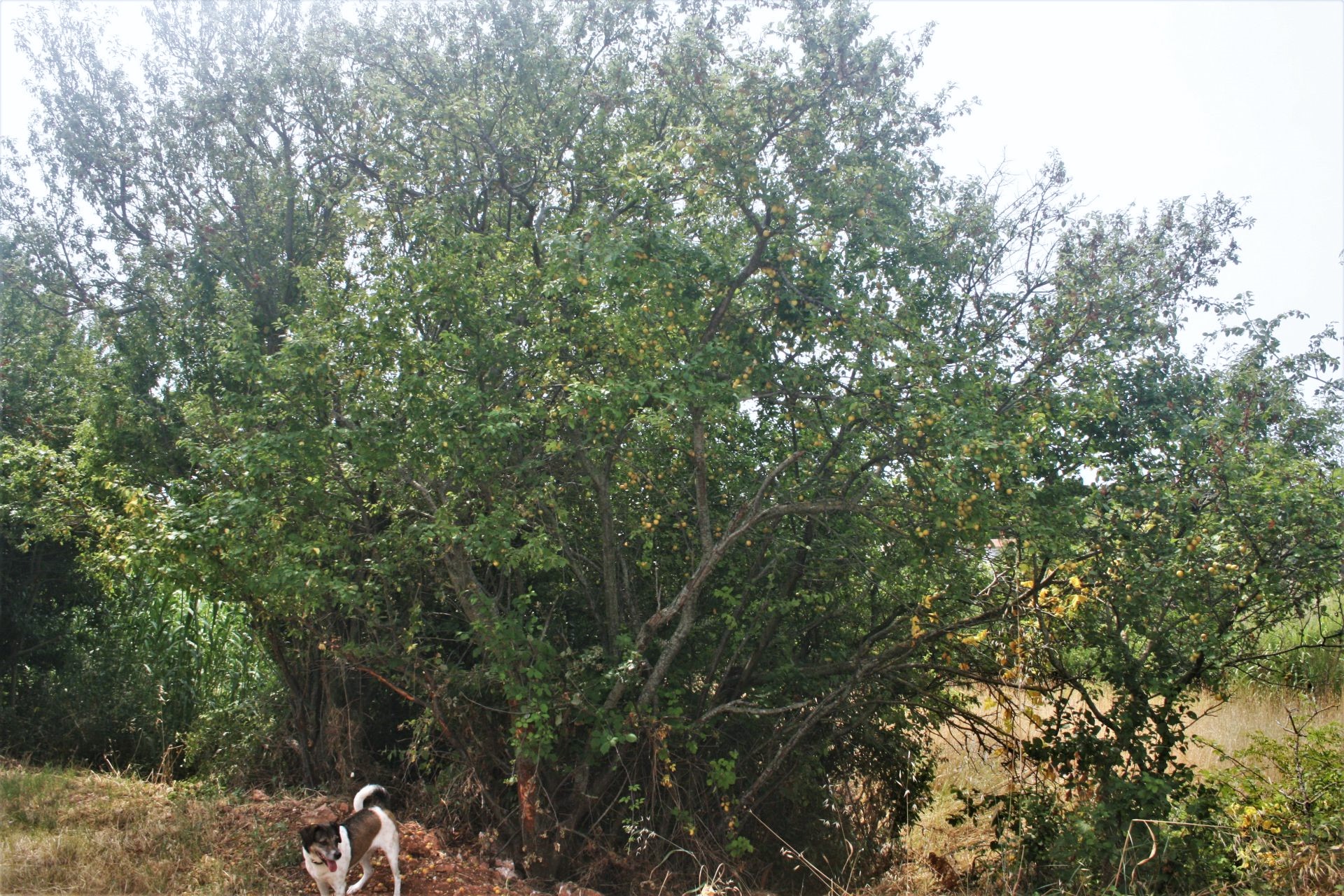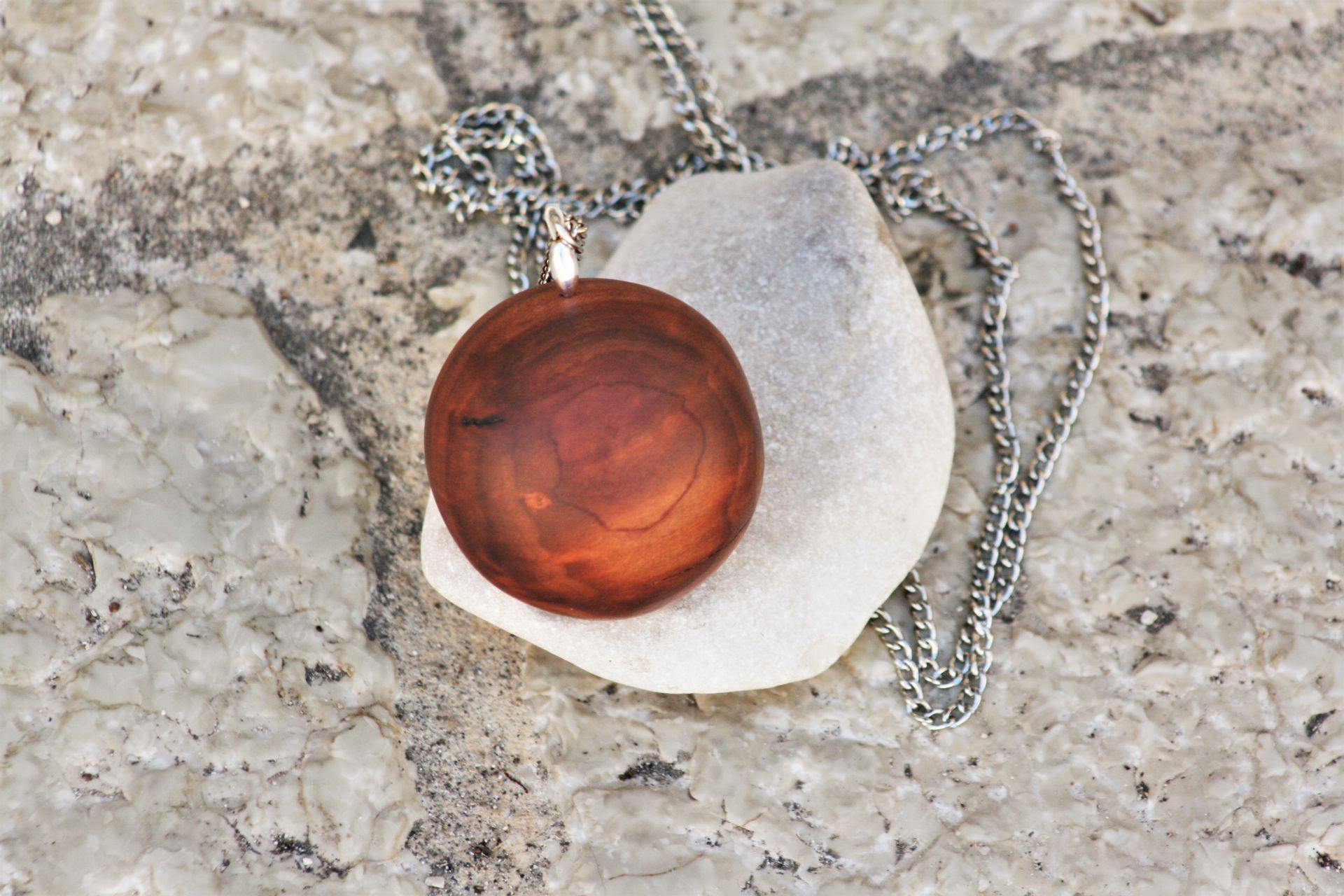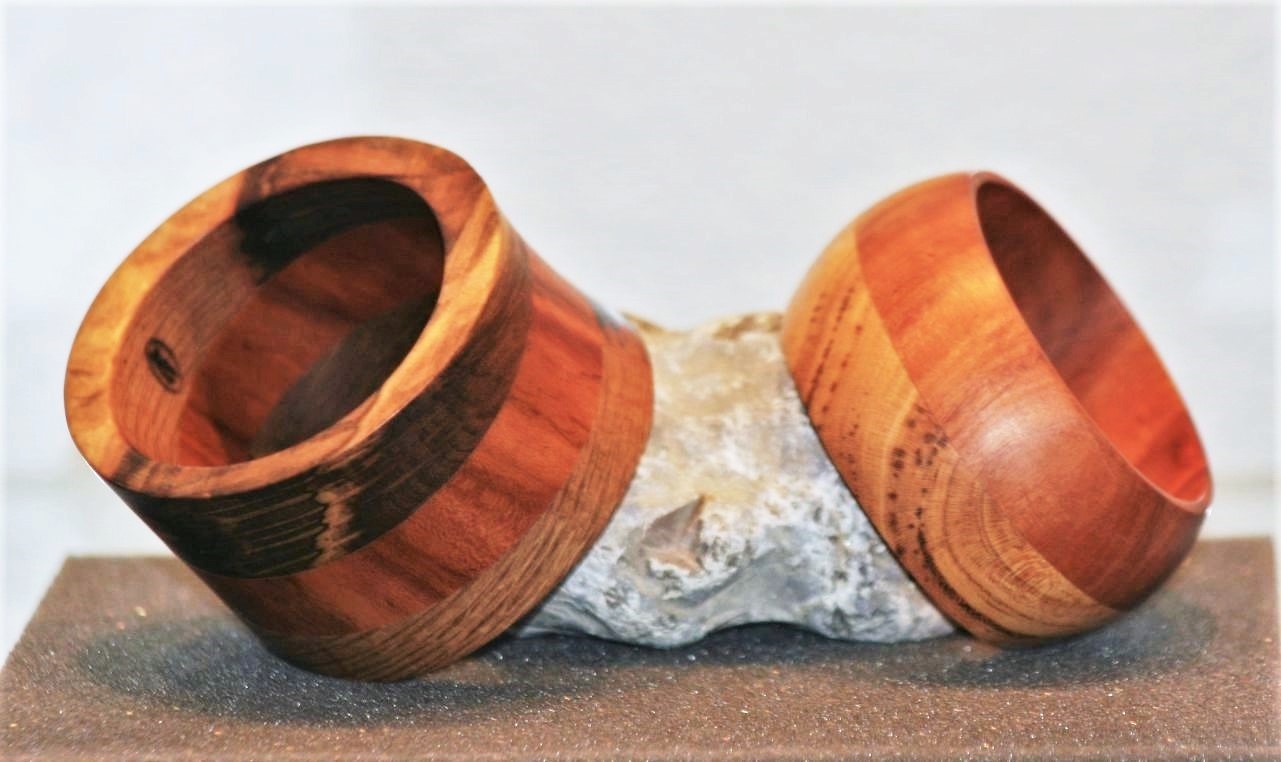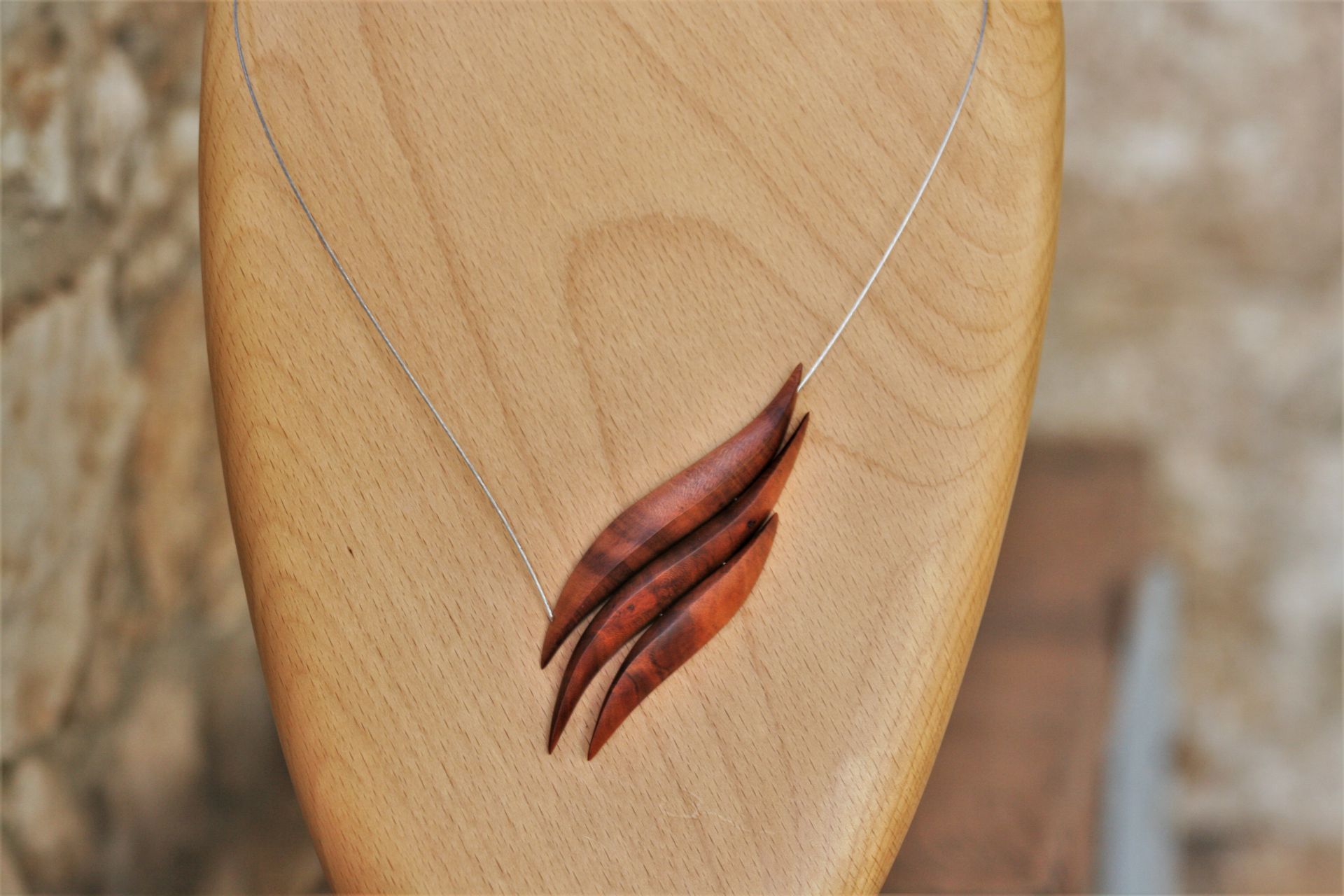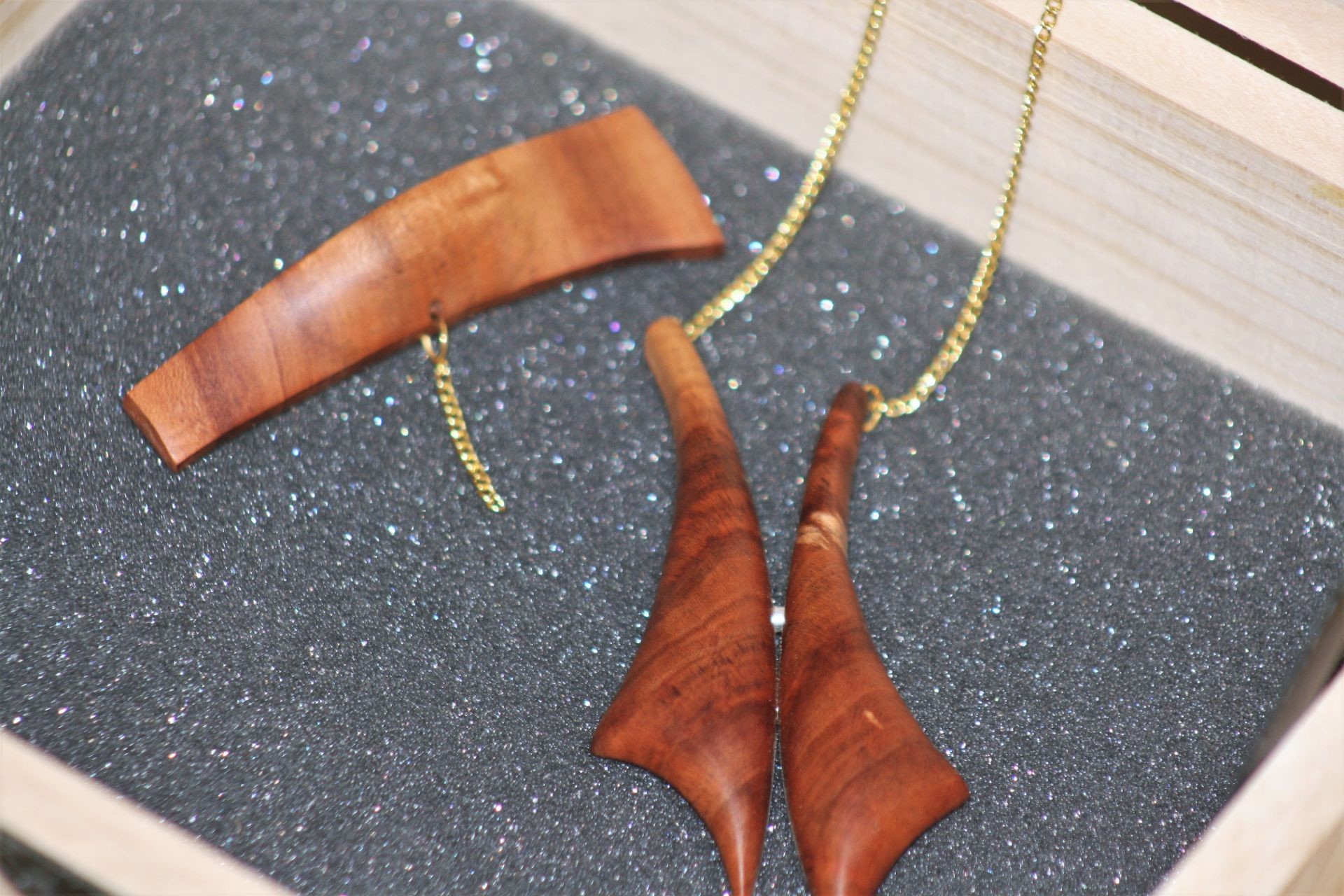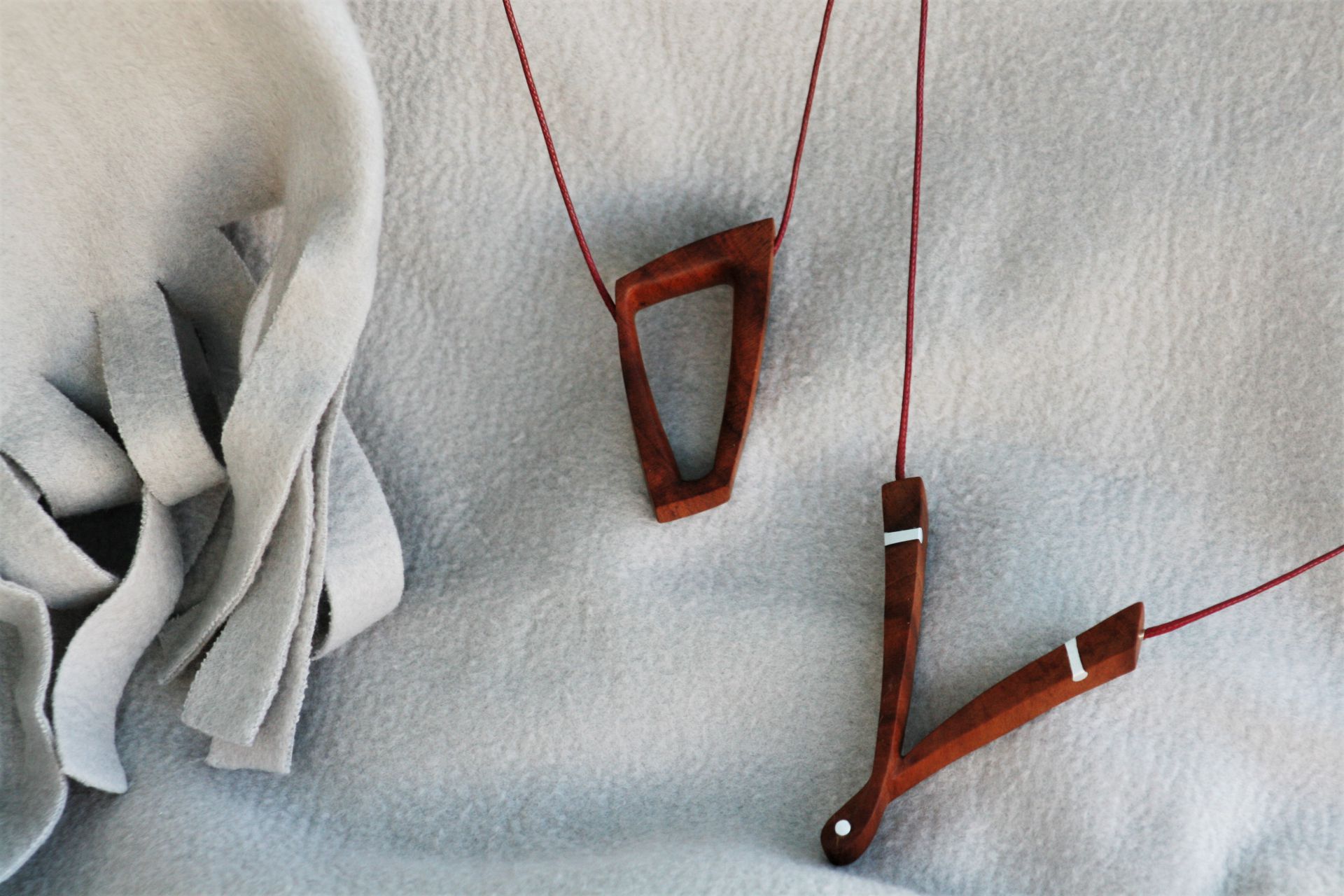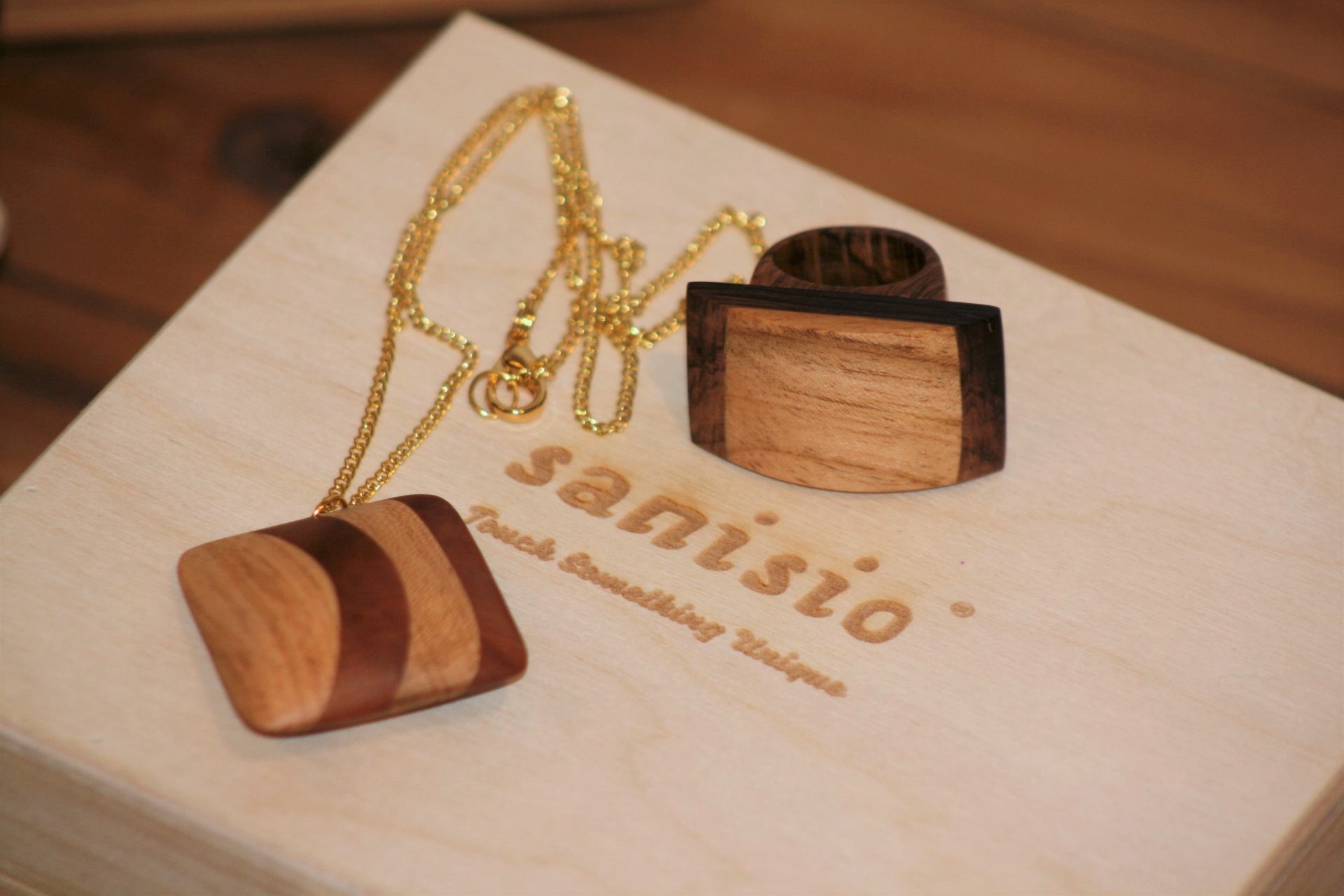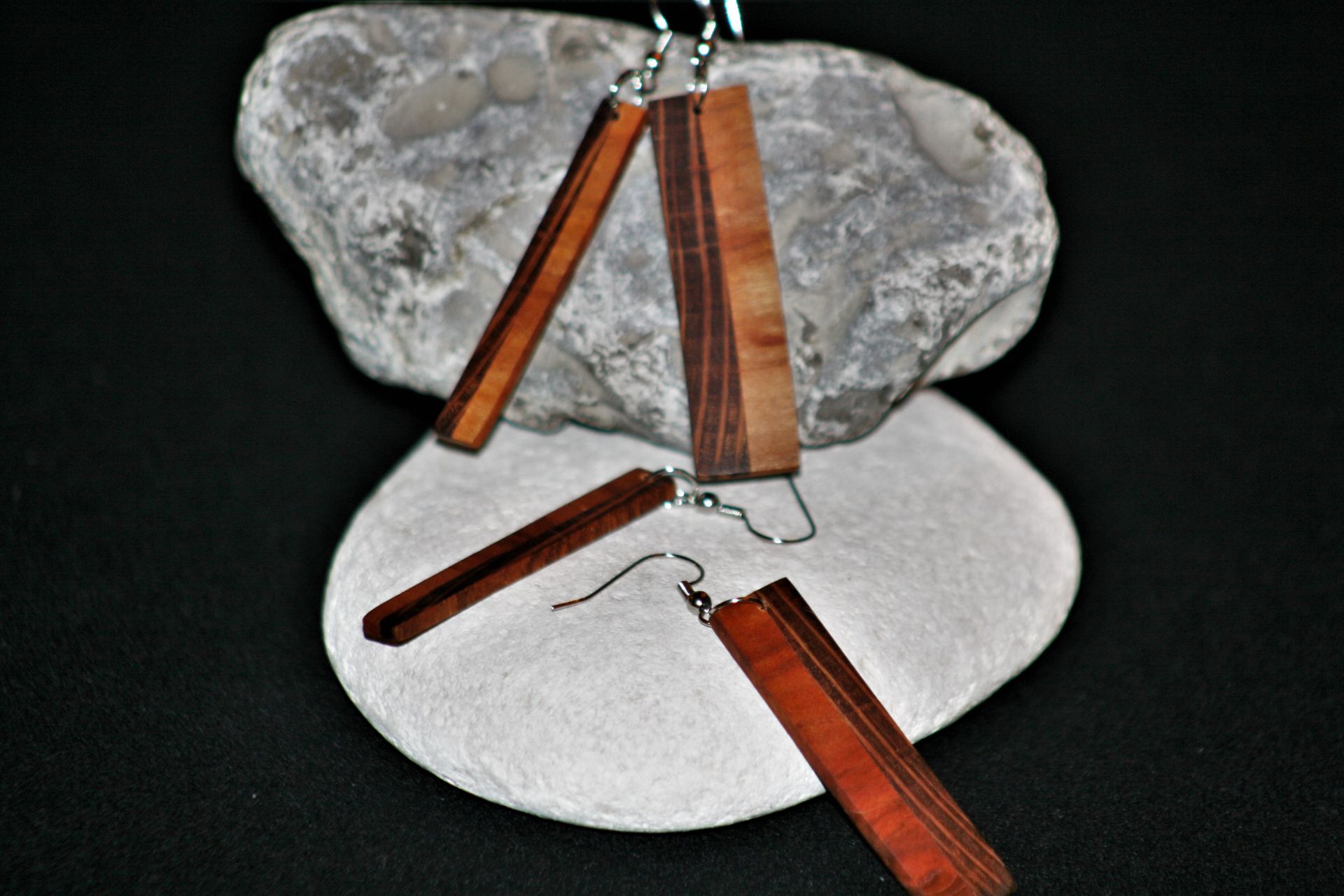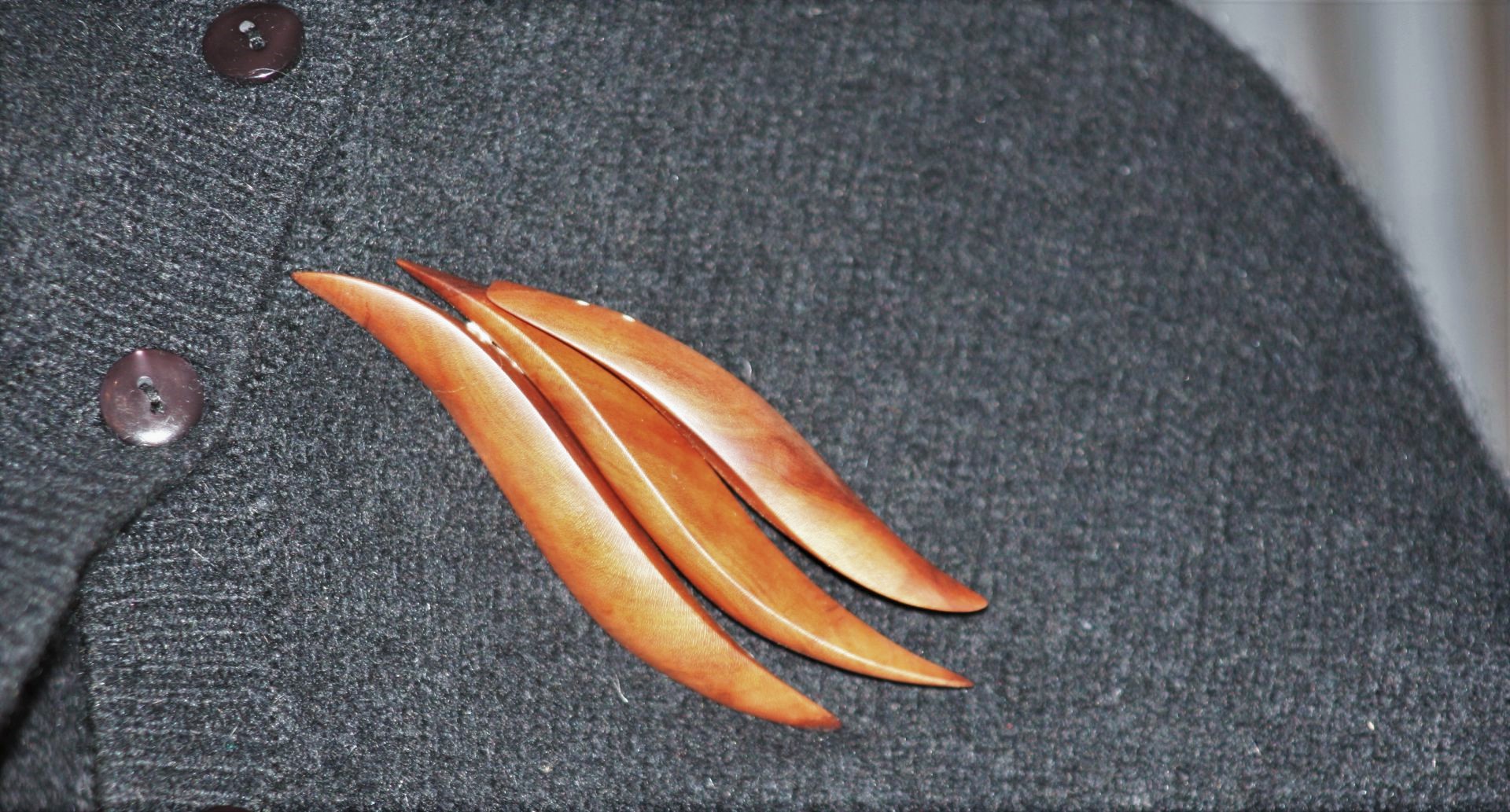Cherry plum wood
Prunus cerasifera characteristics are its color and dense structure. Cherry plum wood also known as wild plum is a popular Mediterranean fruit sort.
Noticeable for its colored leaves and pink flowers. This ornamental small sized tree is ideal for hand working.
With intensive red color it is just perfect for jewellery.
Mediterranean tree with delicious fruits that look like something in between cherries and plums, like the name indicates. Even in Latin, cerasi means cherry and fera wild.
That is why its common names are cherry plum or wild plum. Here in Istria we call it armulina or ciburi.
Another wood sort that we consider to be particular. One of the cherry plum characteristics is that wild types of this fruit tree almost never grow bigger than large shrubs or small trees. Just few will reach 10 meters.
Due to its small size it is not commercially available in lumber. And because it is small it is common to find swirls and knots once it is cut.
Cherry plum is a popular ornamental tree for gardens and landscaping. Doesn’t require a lot of maintenance but has beautiful white or pale pink flowers, similar to cherry. It is one of the first trees to flower in spring. Prunus cerasifera Nigra is distinctive for her purple leaves.
Fruits are green, ripening to yellow or red and they are edible. Cherry plum is a key ingredients in several meals in Georgia, like tkemali sauce.
Due to its small size it is not commercially available in lumber. And because it is small it is common to find swirls and knots once it is cut.
Cherry plum is a popular ornamental tree for gardens and landscaping. Doesn’t require a lot of maintenance but has beautiful white or pale pink flowers, similar to cherry. It is one of the first trees to flower in spring. Prunus cerasifera Nigra is distinctive for her purple leaves.
Fruits are green, ripening to yellow or red and they are edible. Cherry plum is a key ingredients in several meals in Georgia, like tkemali sauce.
Another of cherry plum wood characteristics is the tendency to break. So it is better to cook it soon as possible after cutting.
Areas with straight grain are easy to work with hands and small tools. Attention must be given when processing the knots in order to avoid tear out.
But given that rare specimens grow to larger dimensions it is just perfect for manual processing. And for making jewellery, especially bracelets. Sometimes small sized bowls.
But in jewellery its astonishing red perfectly contrasts pale shades of apricot as well as the dark nuances of Mediterranean oak.

